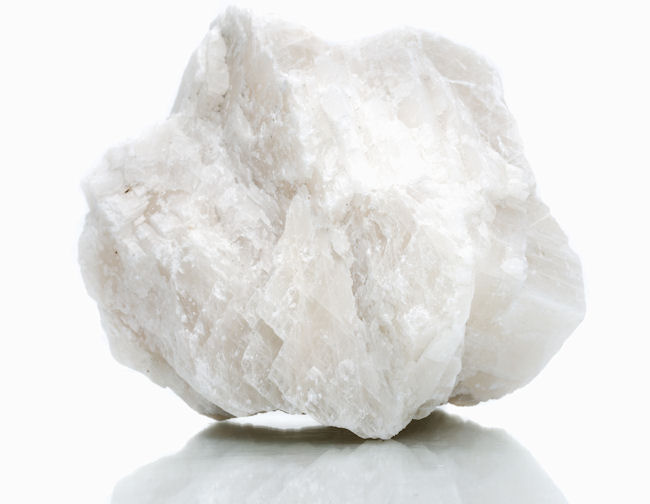
Limestone is a sedimentary rock primarily composed of calcium carbonate (CaCO3)
in the form of the mineral calcite. It forms in a variety of ways, often as a result of
the accumulation of shells, coral, and other marine debris. Over millions of years,
these materials compress and harden to form limestone. Its versatility and
abundance make it one of the most widely used and valuable natural resources on
Earth.
Colour: Limestone can be white, beige, grey, or even blue, depending on the
impurities present, such as clay, sand, or organic material.
Texture: It is typically fine-grained, though it can range from very smooth to rough
and porous.
Hardness: Limestone is relatively soft compared to other rocks, making it easy to
cut and shape.
Reaction with Acid: One of limestone’s defining features is its reaction with acids.
A drop of vinegar or lemon juice on limestone will fizz, releasing carbon dioxide
gas.
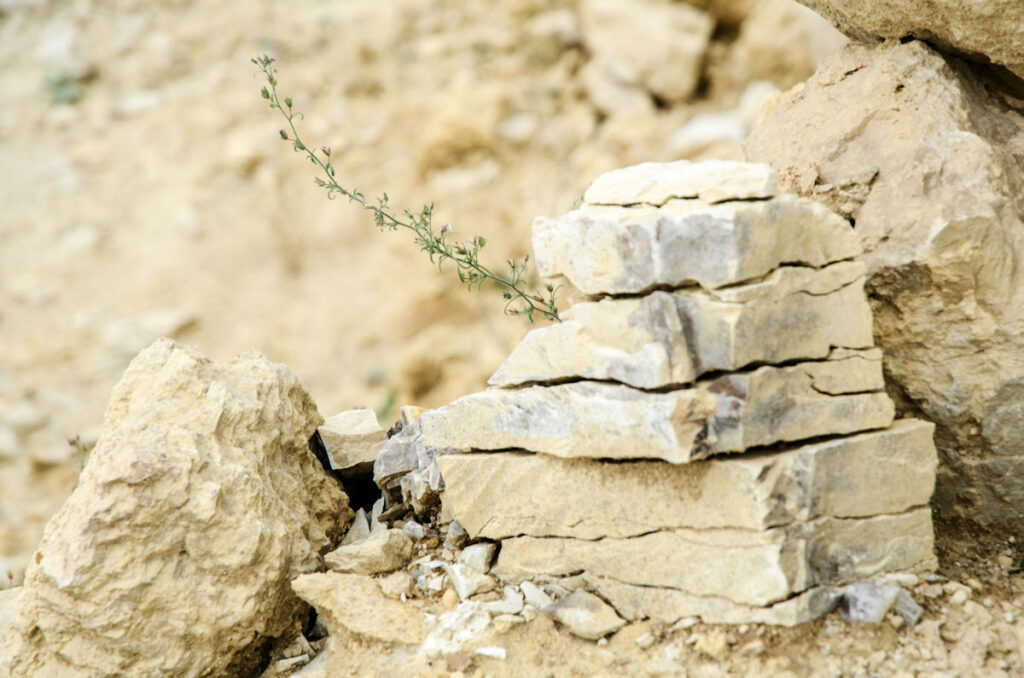
Limestone formation is primarily associated with marine environments, where
calcium-rich waters facilitate the development of calcium carbonate. This process
can happen in several ways:
Biological Accumulation: As marine organisms like corals, mollusks, and
foraminifera die, their calcium-rich shells and skeletons settle on the ocean floor.
Over time, these accumulate and lithify (harden) into limestone.
Chemical Precipitation: In warm, shallow seas, calcium carbonate can precipitate
directly from the water, forming ooids and other unique structures that eventually
become limestone.
Evaporative Processes: In some cases, limestone forms in freshwater environments,
such as lakes and hot springs, through evaporation and mineral deposition.
Limestone is part of a fascinating natural cycle that contributes to the Earth’s
carbon balance. Here’s how the limestone life cycle works:
Formation: Limestone is formed in marine environments through the accumulation
of shells, coral, and other calcium-rich materials.
Weathering: Over time, natural forces such as rain, wind, and ice break down
limestone, releasing calcium carbonate into the environment.
Transport: The calcium carbonate can be carried by water to oceans, rivers, and
lakes, where it may once again contribute to the formation of limestone.
Metamorphosis: Under heat and pressure, limestone can transform into marble, a
metamorphic rock used for sculptures and buildings.
Carbon Cycle Contribution: Limestone plays a vital role in the carbon cycle by
storing carbon dioxide. This carbon is released back into the atmosphere through
weathering or human activities, maintaining the balance of carbon on Earth.
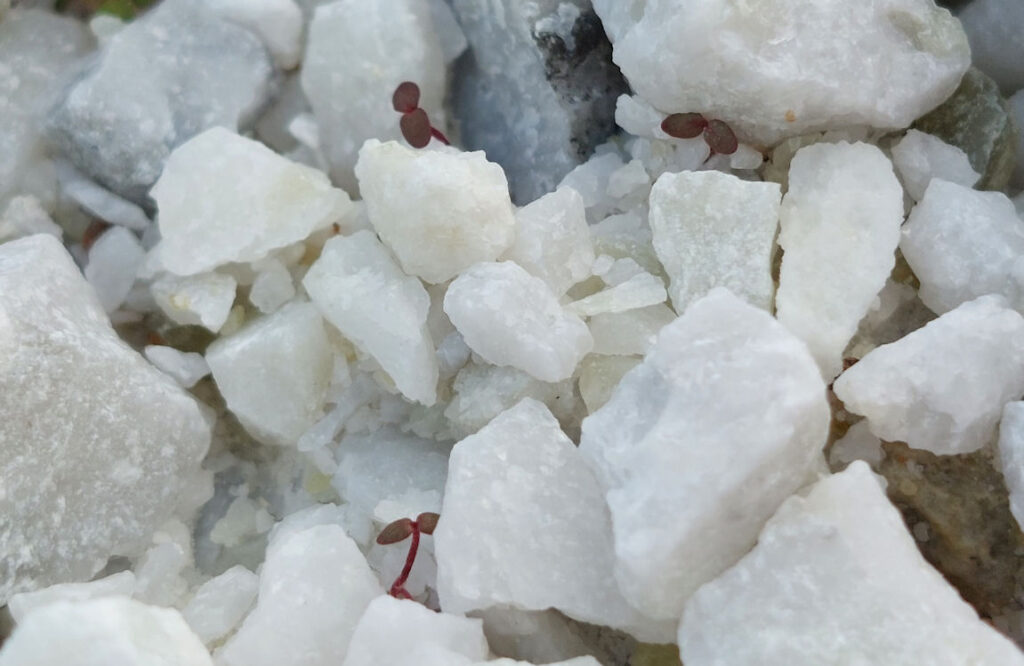
Limestone’s journey through history is as rich and varied as its geology. From
ancient structures to modern buildings, it has been a cornerstone of human
civilisation.
Limestone in Ancient Times:
The Great Pyramids of Giza: Ancient Egyptians used massive limestone blocks to
construct these iconic structures, demonstrating the stone’s durability and beauty.
Greek and Roman Architecture: Limestone was a popular material for temples,
amphitheatres, and sculptures, admired for its workability and aesthetic appeal.
Limestone in the Middle Ages:
Cathedrals and Castles: Throughout Europe, limestone was used to build
magnificent cathedrals and fortified castles, many of which still stand today.
Agricultural Use: Lime (derived from limestone) was utilised to improve soil
fertility, enhancing agricultural productivity.
Modern Uses of Limestone:
Construction Industry: Limestone is a key component in cement and concrete
production, essential for building modern infrastructure. Because of its fast
reactivity with other elements burnt lime is used in many applications, such as
steel making and in the chemical industry.
Environmental Applications:
Crushed limestone is used in water treatment and flue gas desulfurisation, helping
to reduce pollution and improve environmental health.
Everyday Products:
From toothpaste to paint, limestone is a hidden ingredient in many household
items.
Beyond its human applications, limestone plays a vital role in the natural world:
Habitat for Wildlife: Limestone landscapes are home to unique ecosystems and
diverse wildlife, including bats, birds, and rare plants.
Natural Water Reservoirs: Limestone formations often house underground aquifers,
supplying fresh water to millions of people worldwide.
Carbon Cycle: Limestone acts as a carbon sink, storing carbon dioxide and helping
regulate the Earth’s climate.
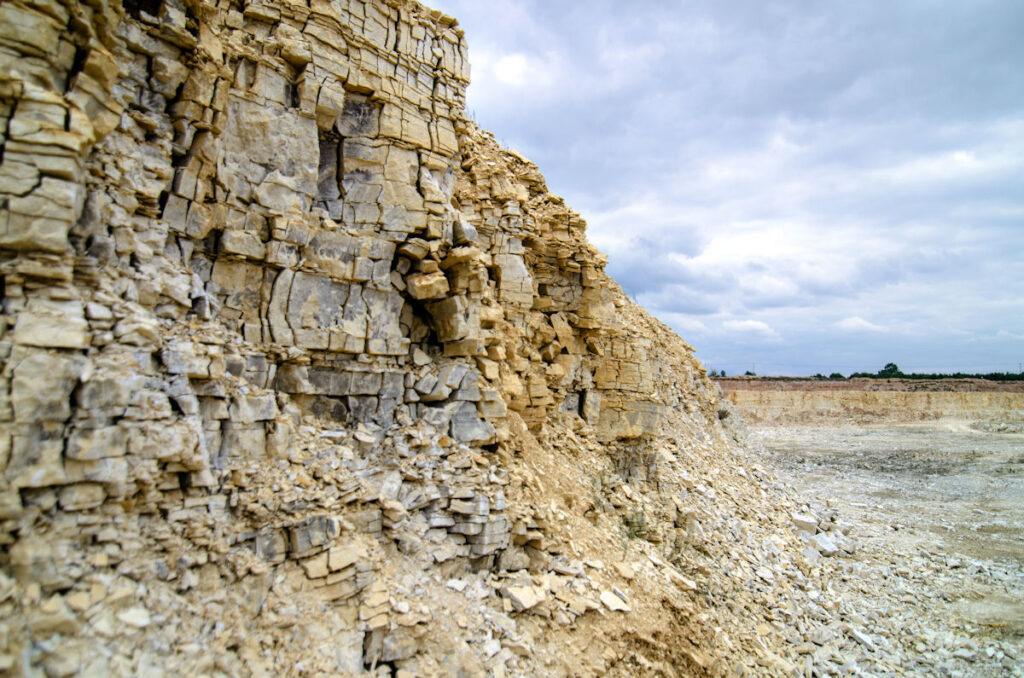
Did You Know? – A Few Facts About Limestone
Fossil Treasure Troves: Limestone deposits are rich in fossils, offering a glimpse
into ancient marine life and helping scientists understand Earth’s history.
Cave Formation: Many of the world’s spectacular caves, such as Carlsbad Caverns
and Mammoth Cave in the USA, are carved from limestone through water erosion.
The Taj Mahal: This famous monument is clad in marble, a metamorphic rock
derived from limestone, showcasing its beauty and versatility.
A Sculptor’s Delight: Marble is also favoured by sculptors for its color, softness and
workability, allowing intricate details to be carved with ease.
The Future of Limestone
As we look to the future, limestone continues to be an essential resource. With
sustainable mining practices and innovative technologies, we can harness its
benefits while preserving the environment. From renewable energy solutions to
cutting-edge construction materials, limestone’s potential is vast and promising.
Limestone may not always be in the spotlight, but its impact on our world is
undeniable. From ancient wonders to modern marvels, this humble rock is the
foundation of our past, present, and future.
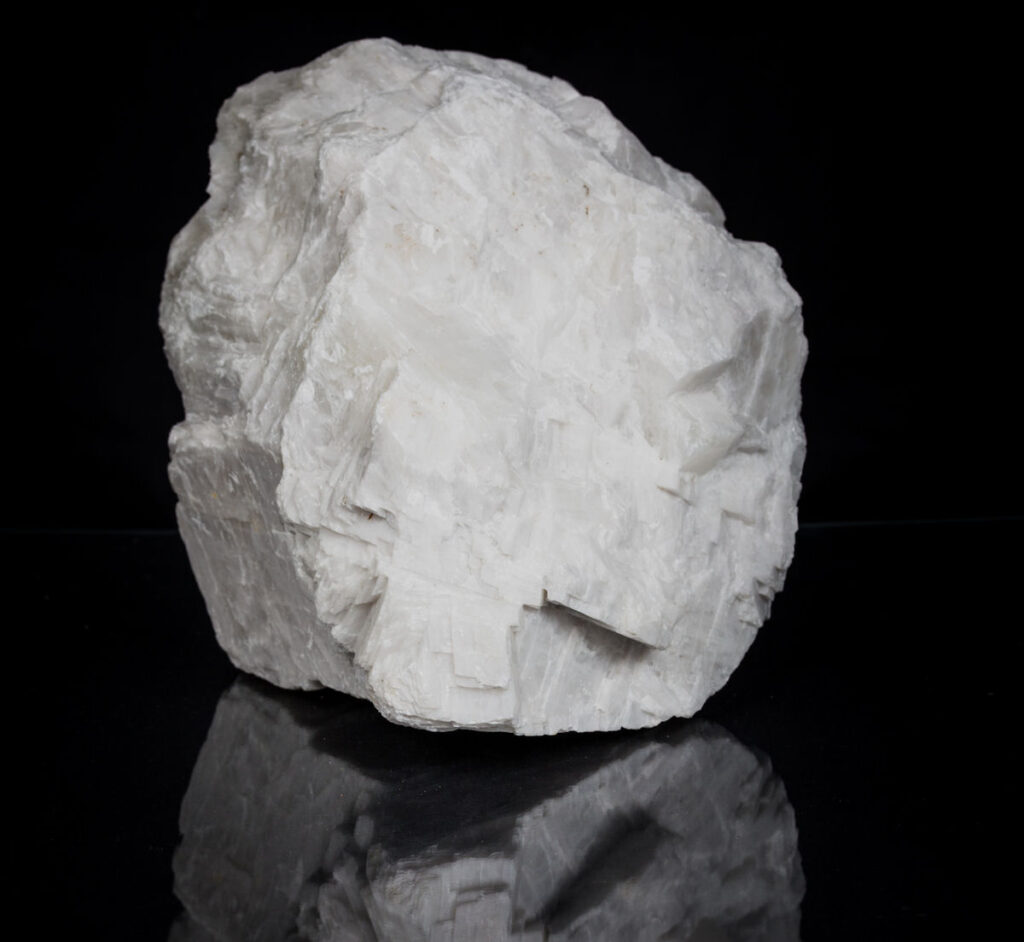
We use cookies to give you the best internet experience. By giving consent, you accept the use of cookies in accordance with our cookie policy.

When you visit any web site, it may store or retrieve information on your browser, mostly in the form of cookies. Control your personal Cookie Services here.